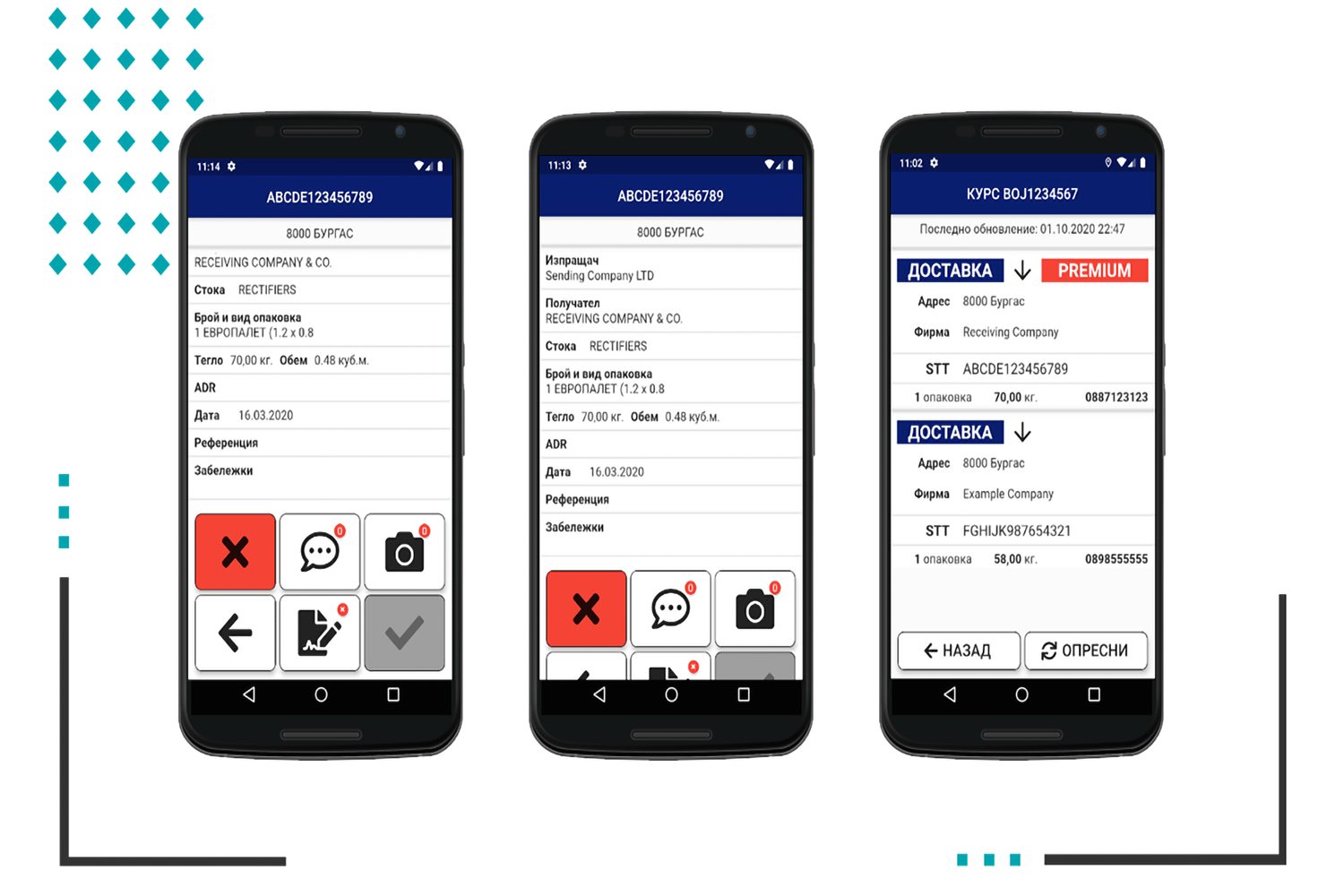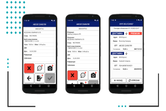How Last Mile Scanning Becomes Easier with up to 60% Less Documentation

by
Zingasoft
About
The problem
Last mile delivery refers to the transportation of goods from a warehouse to the final delivery address. And although a mile can look trivial compared to hauling a package safely from the other end of the world, it presents a set of unique business challenges.
Since parcels often don’t get delivered on the first try, this results in:
Increased cost for the logistics provider,
Complicated routes for drivers,
Difficulty tracking parcel information and whereabouts,
Additional paperwork that explains the delivery attempts and next steps,
Issues for sellers’ reputation and customer satisfaction.
The process needs to be managed carefully and can be optimized with the help of new technology. This is something both our team and the client believed.
Our focus was set on the mobile app that drivers used. The previous solution was slow, clunky, and was compatible only with old operating system versions without support. This made working with the app slow and inefficient. The drivers had to use a lot of paper documents, in order to fully detail and organize the collections and deliveries.
The solution
We started working on the details right after we received the proposal request. We quickly developed a rough release plan and defined user stories per sprint. The client’s feedback showed that we had the big picture figured out well, so we went into full work mode.
The pilot and the results
To test things out, the client ran a pilot release for a selected number of drivers in their local fleet. The feedback was positive, and drivers validated that we’ve achieved the initial goal: to make their work easier and more efficient by speeding things up and lowering the amount of paperwork involved in last mile delivery.
With the implementation of the app, we managed to save the printing and signing of over 1000 documents per week. And this is just for the initial pilot cohort of drivers. Overall, drivers reported close to a 60% decrease in documents to sign!
Now, the last mile tracking app is used by many more drivers and is making last mile delivery easier for employees and more cost-effective for the business.

